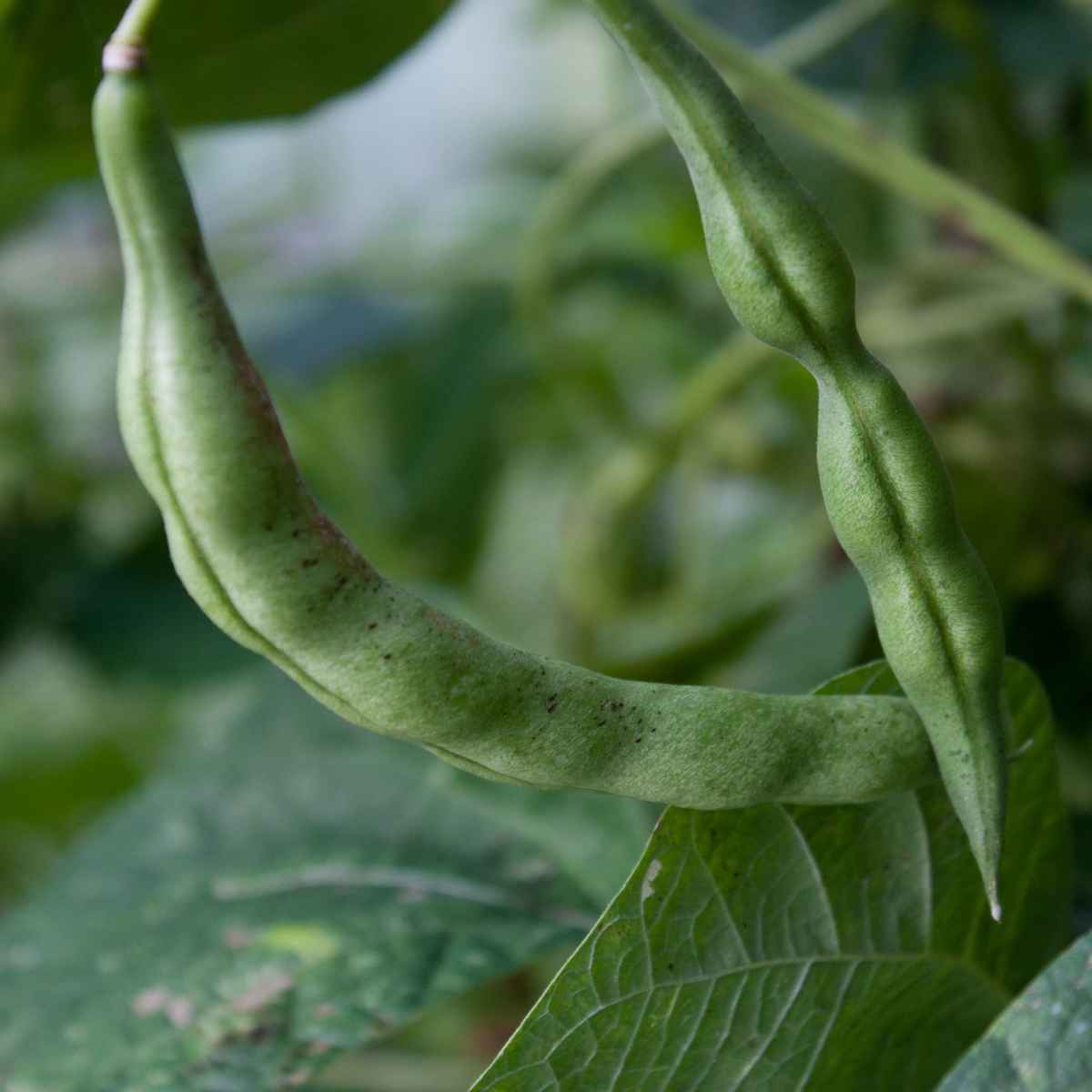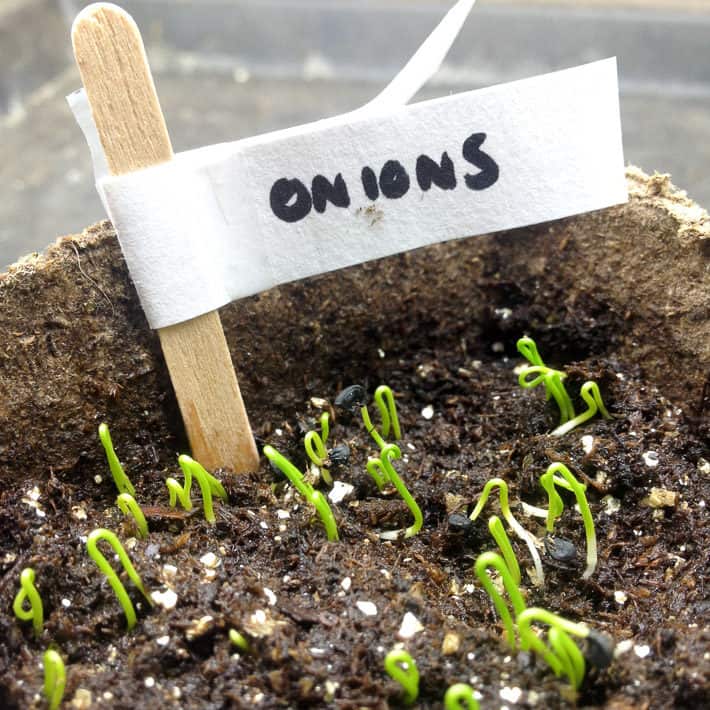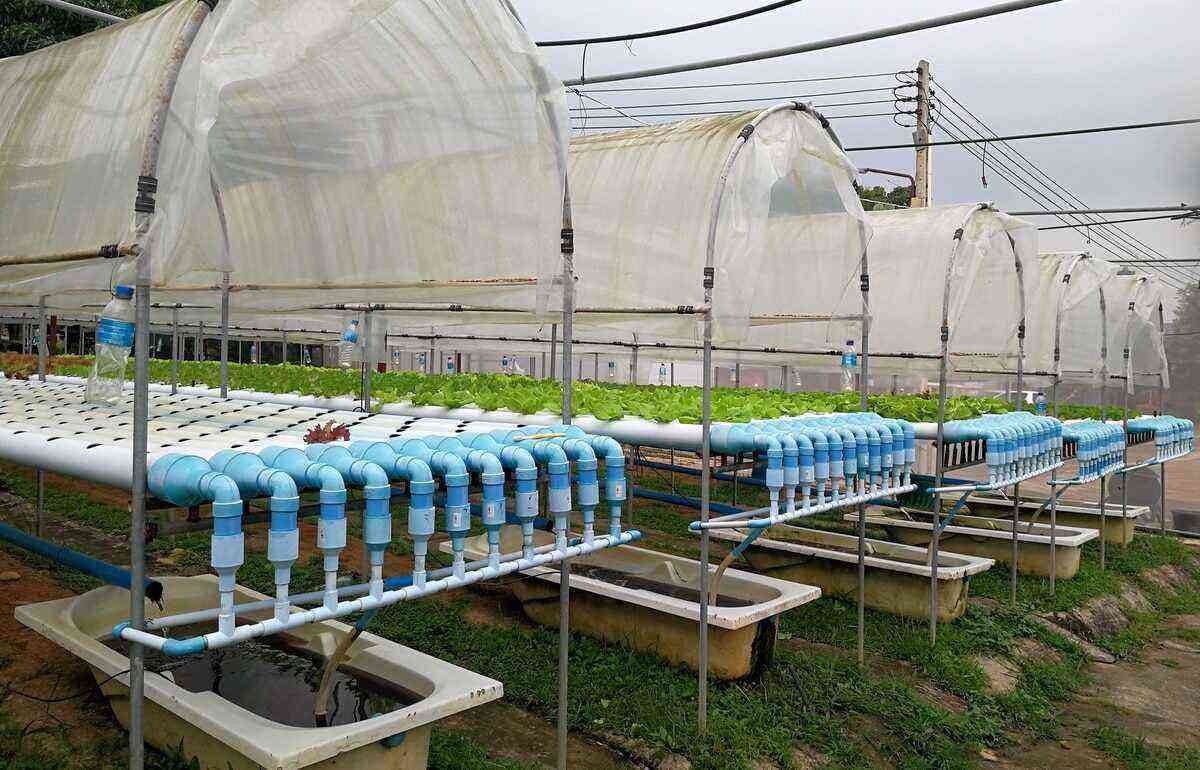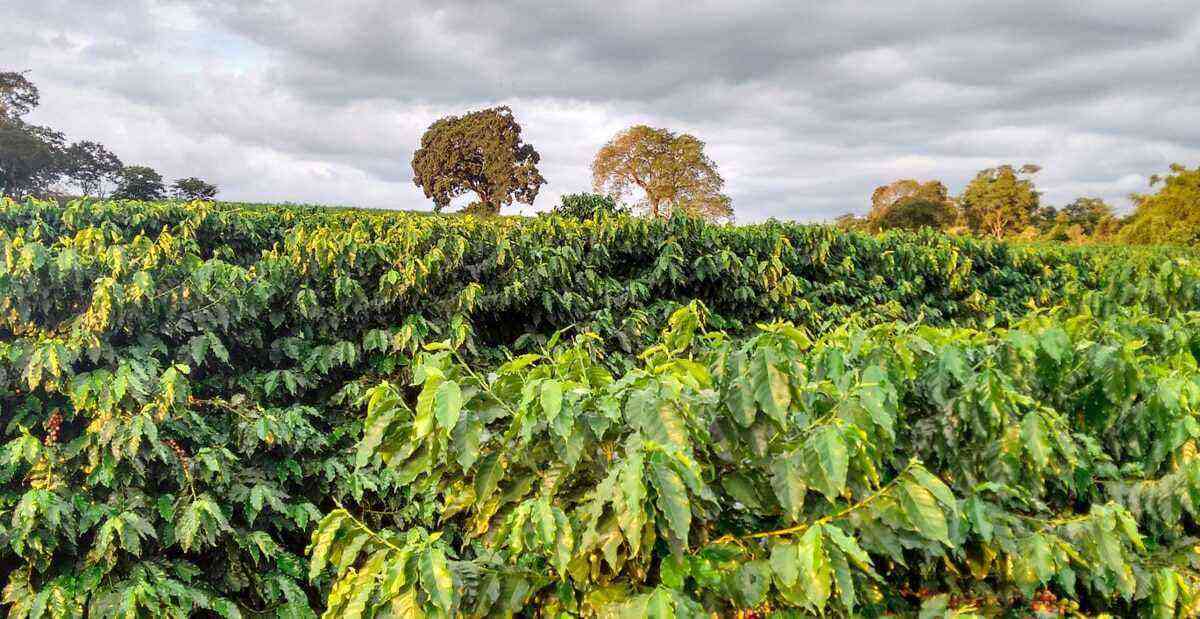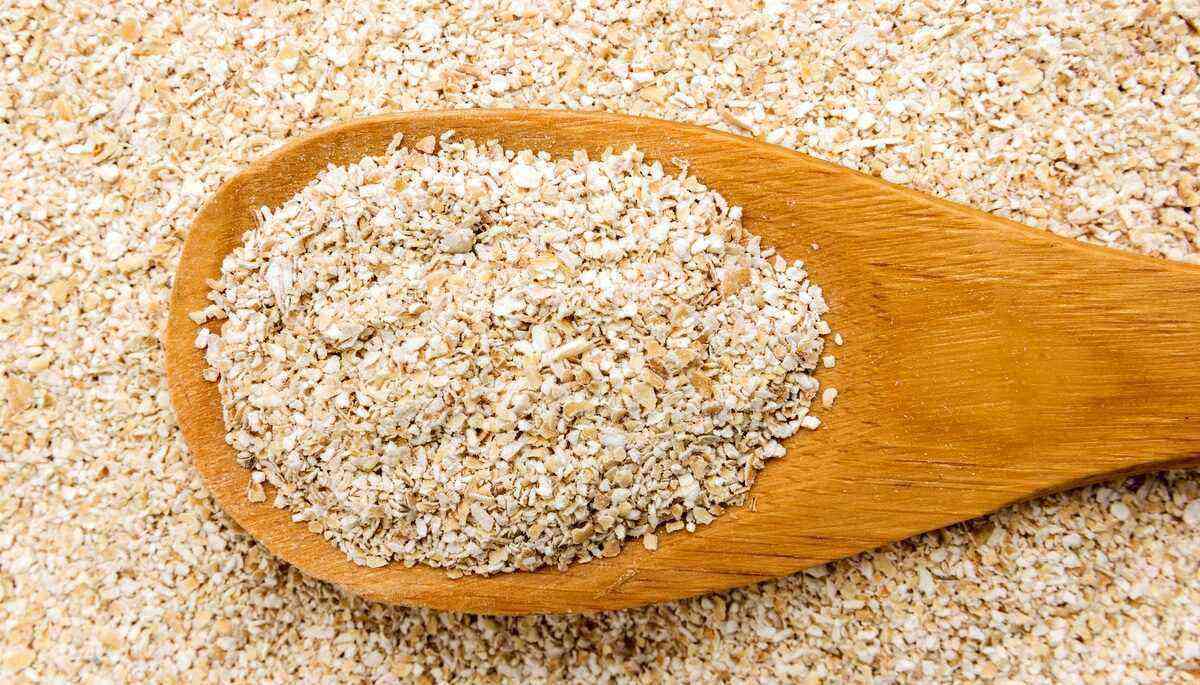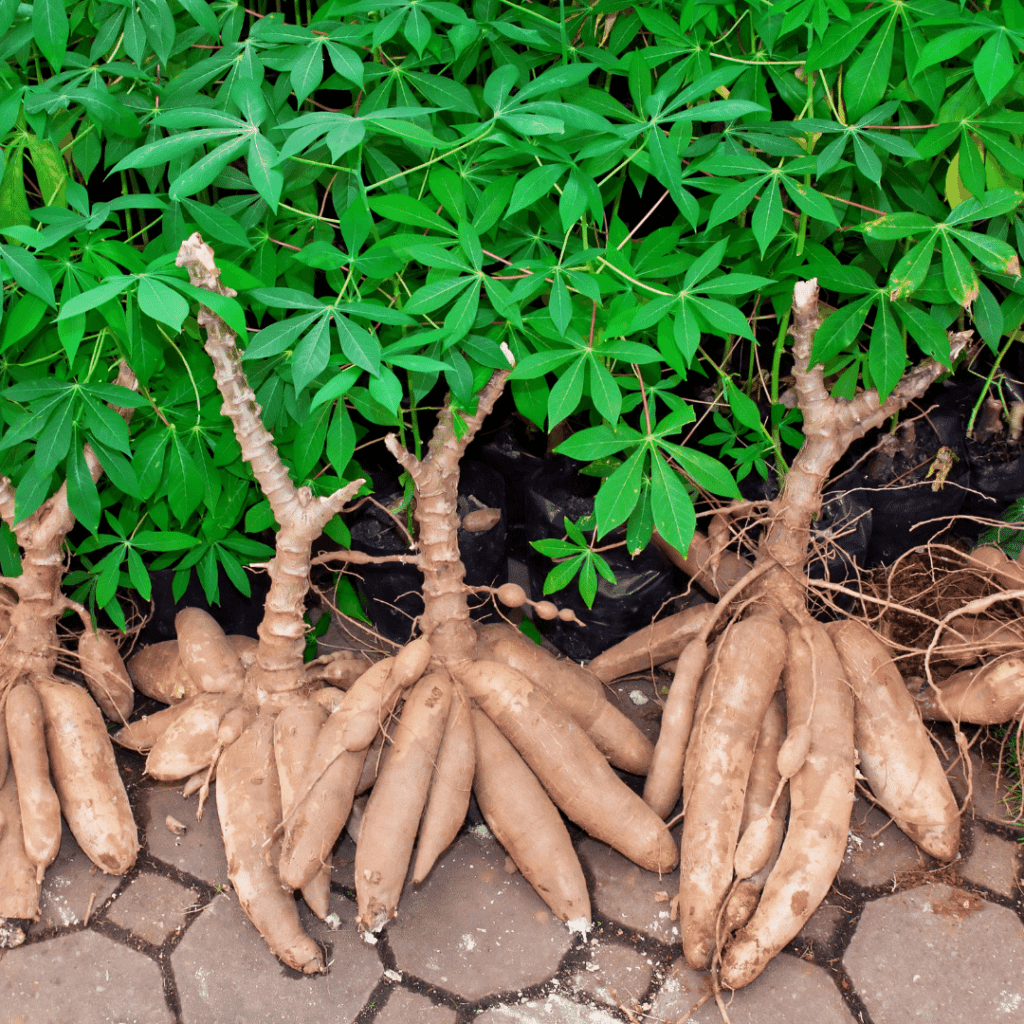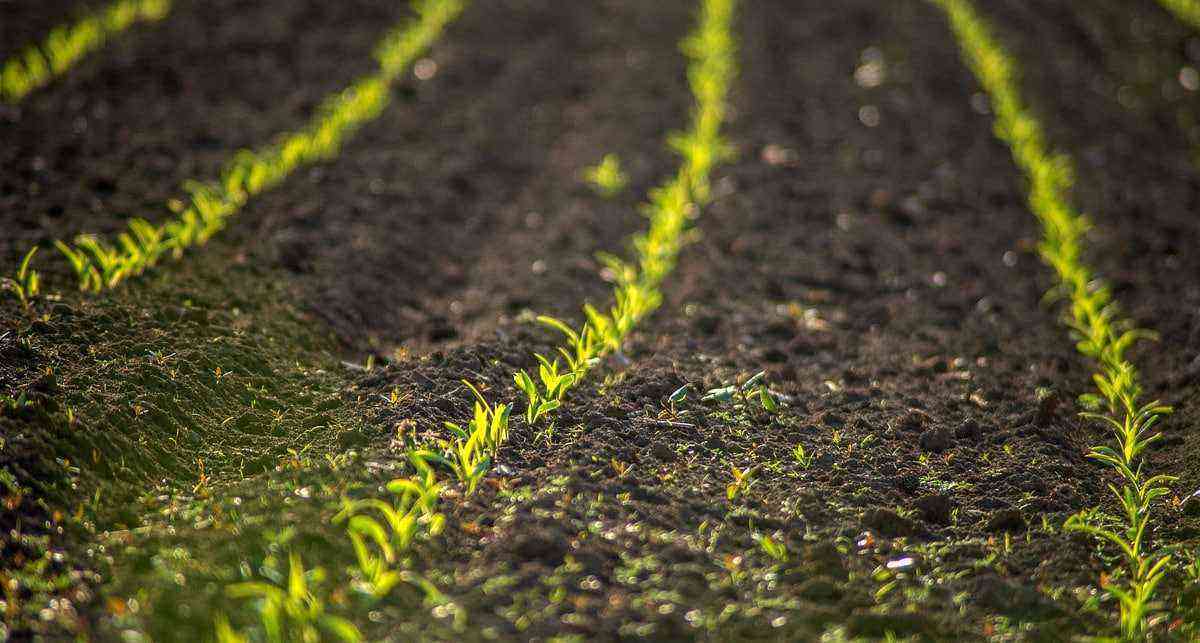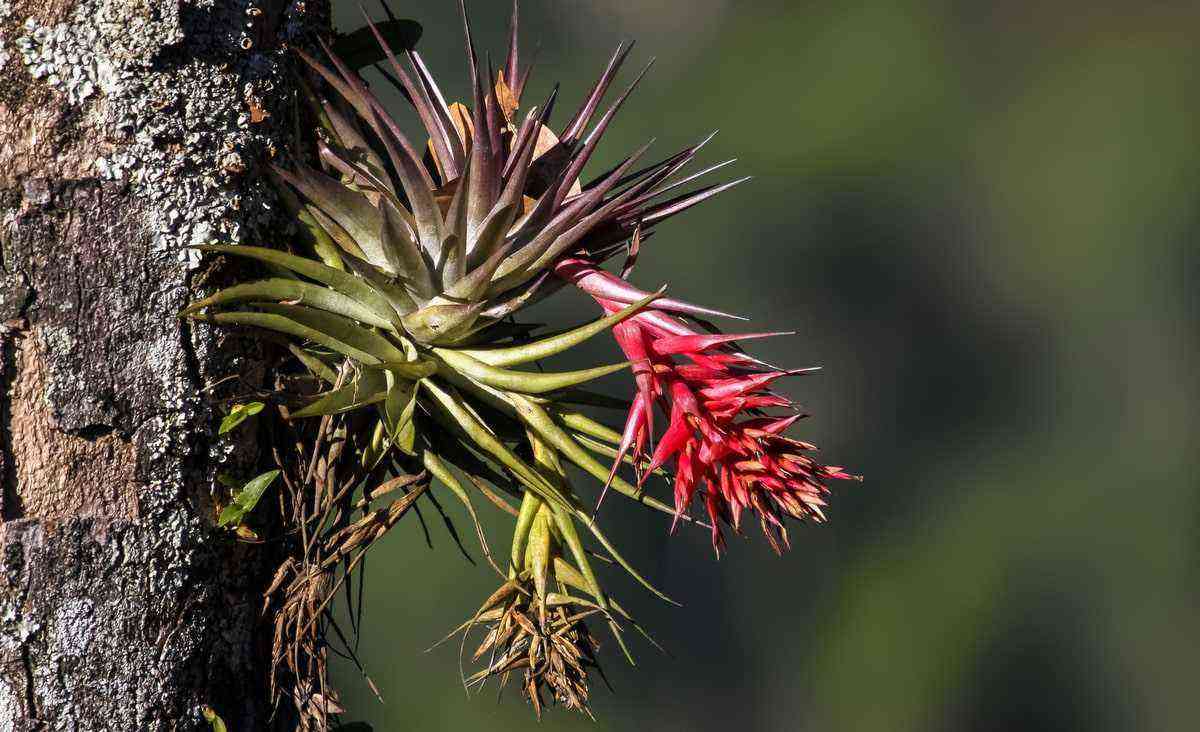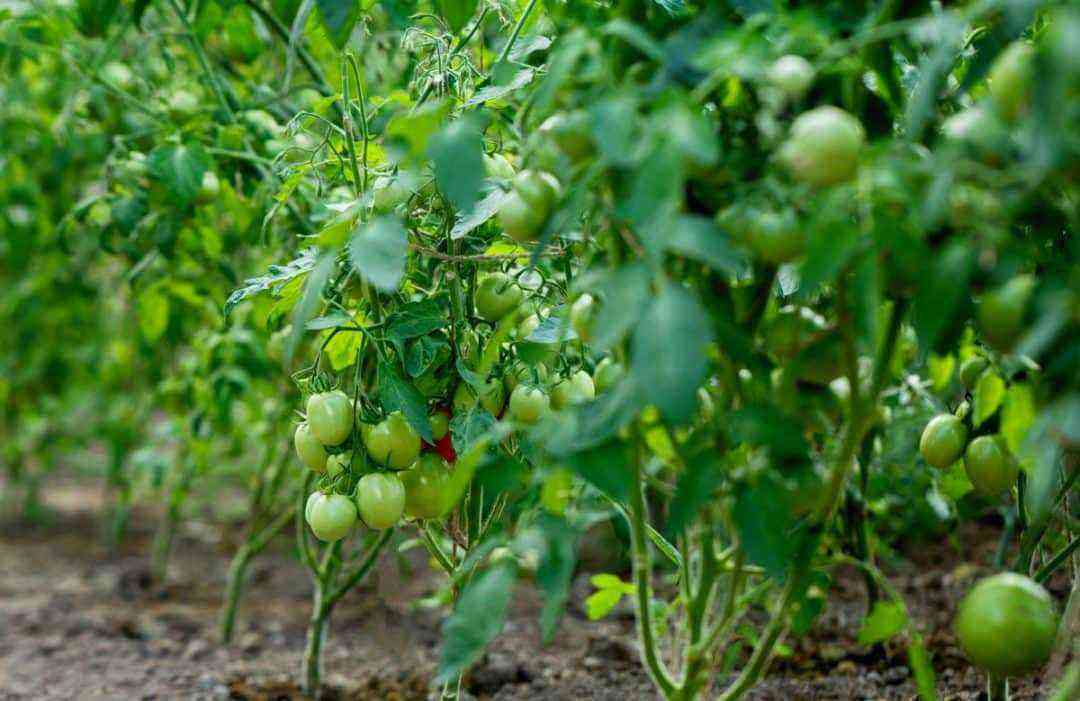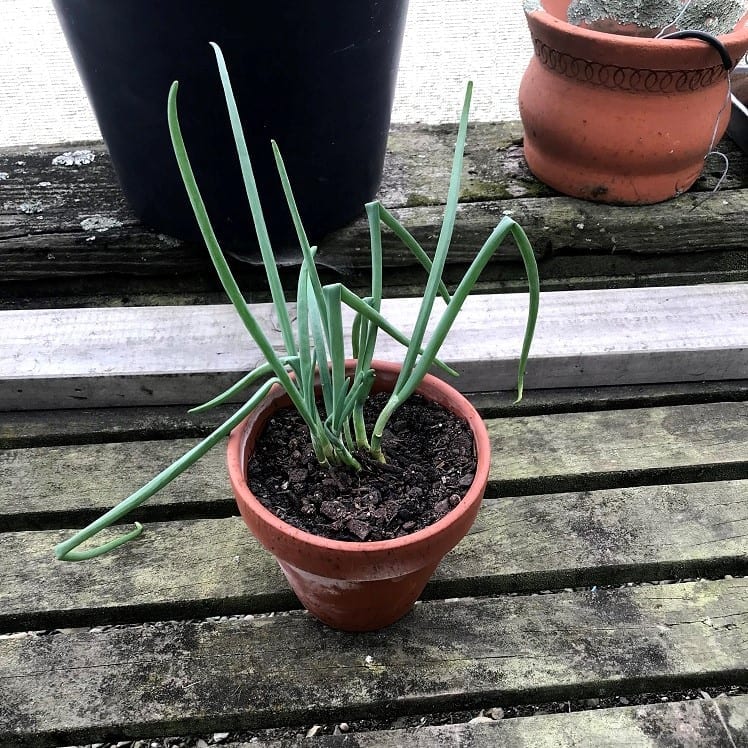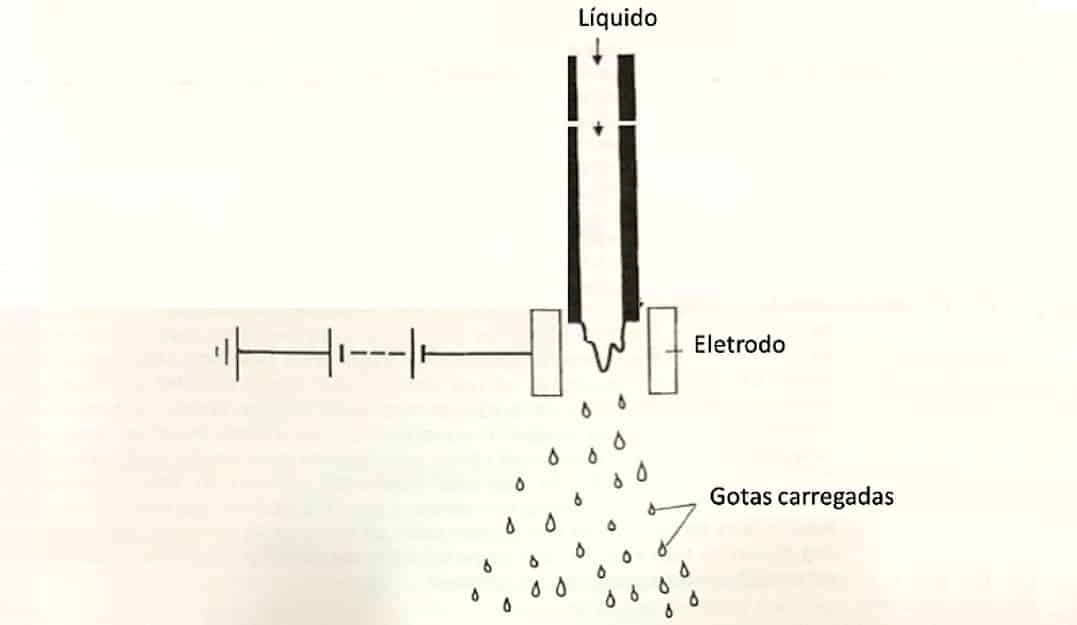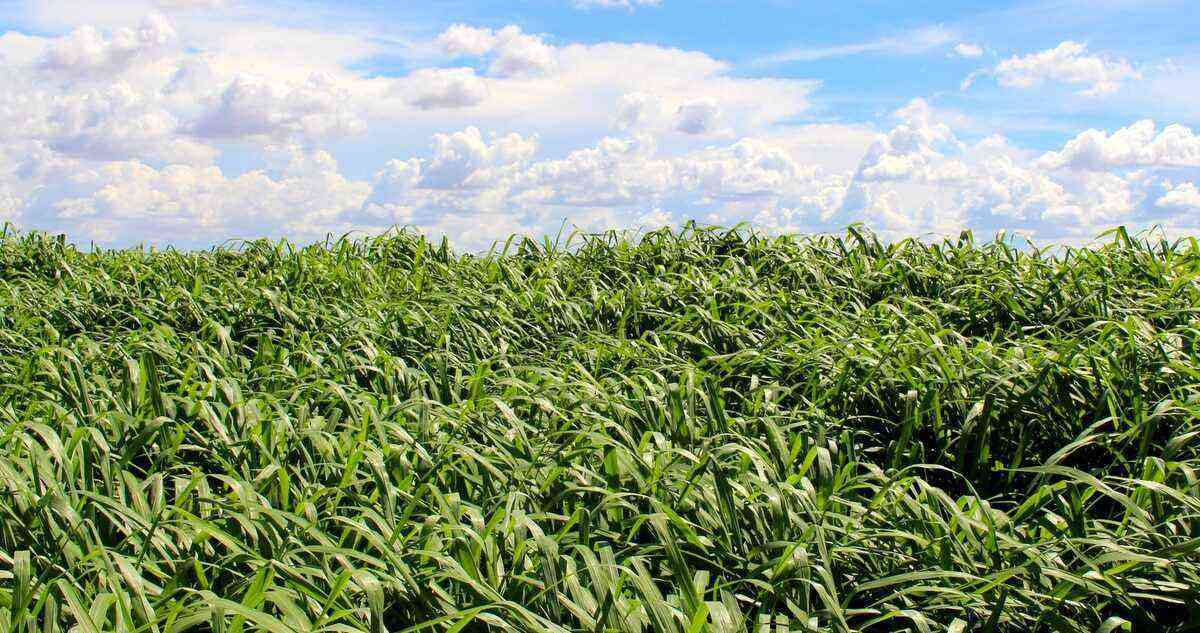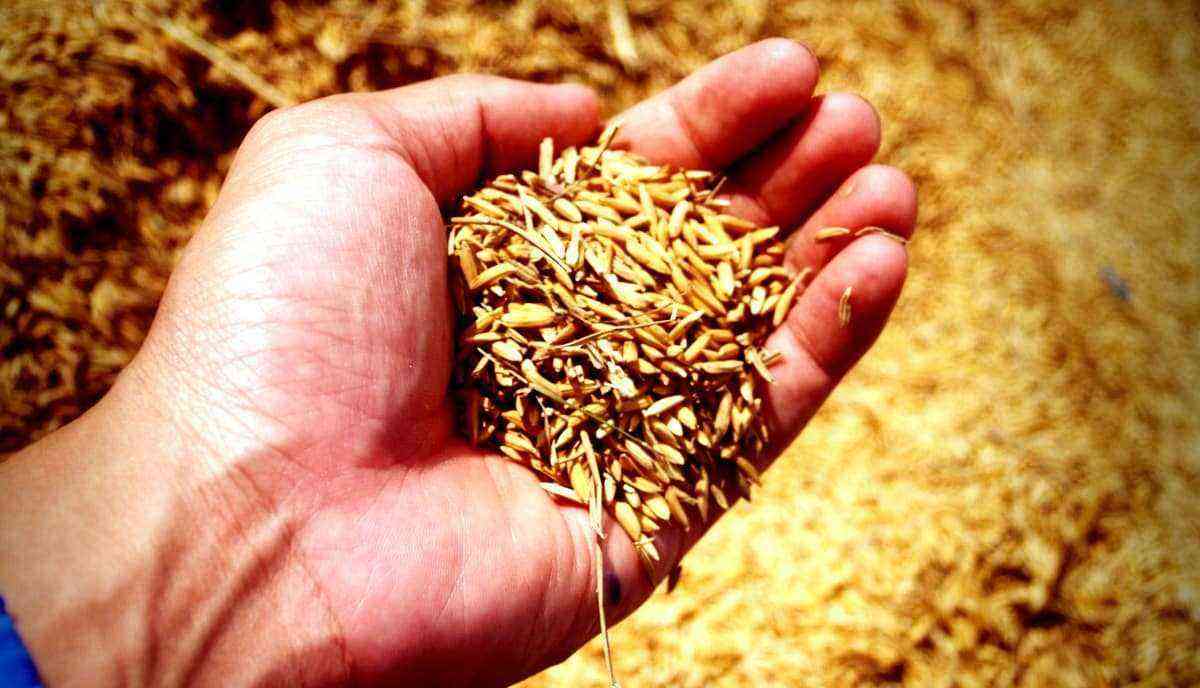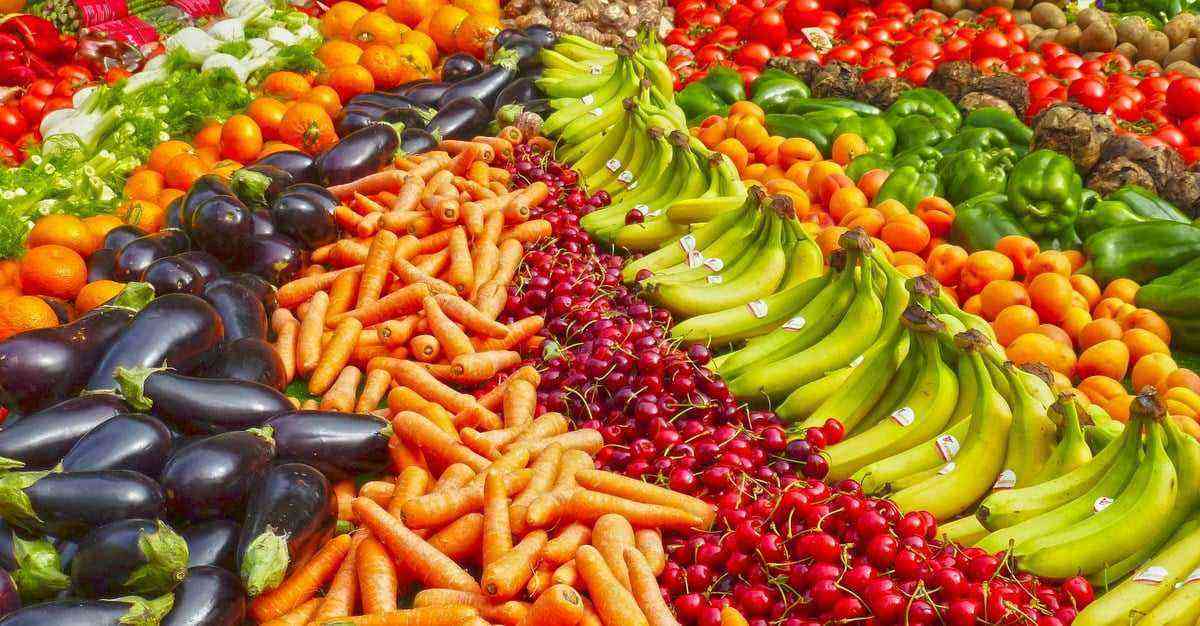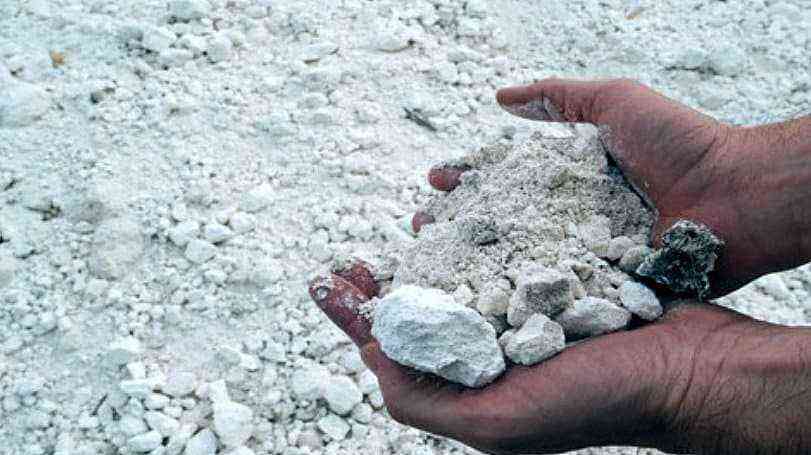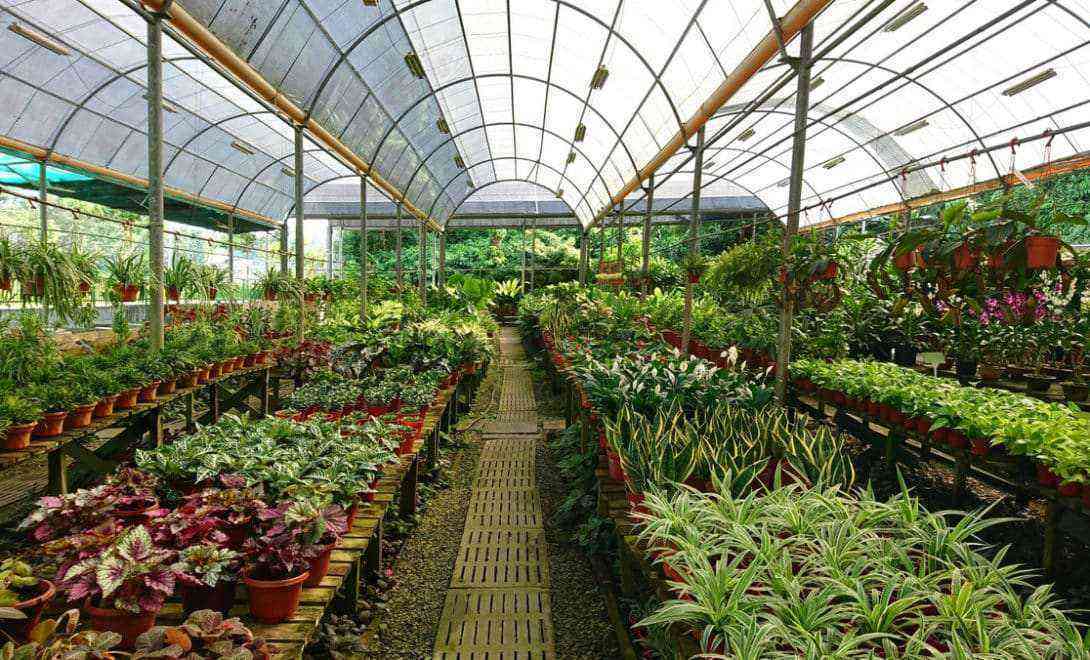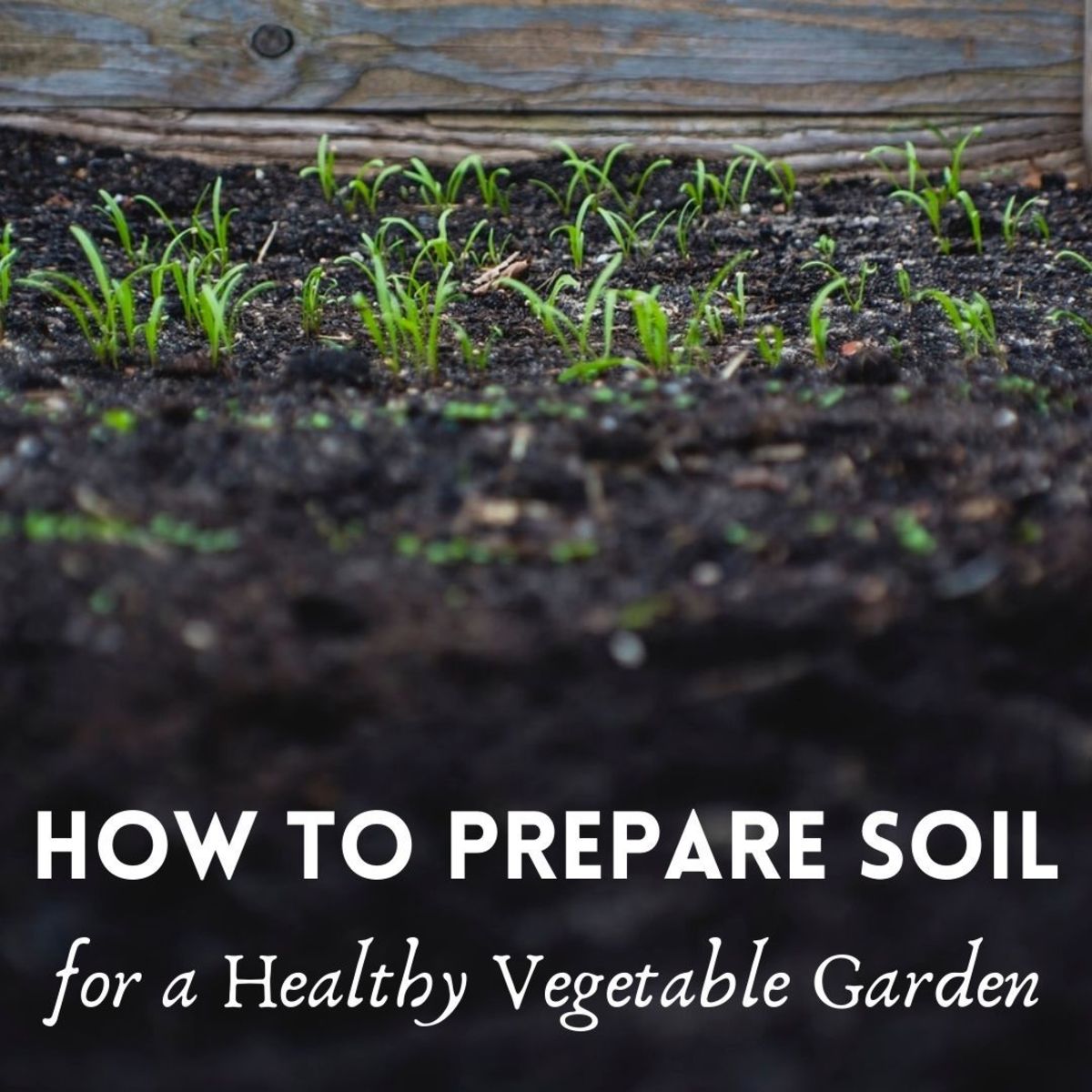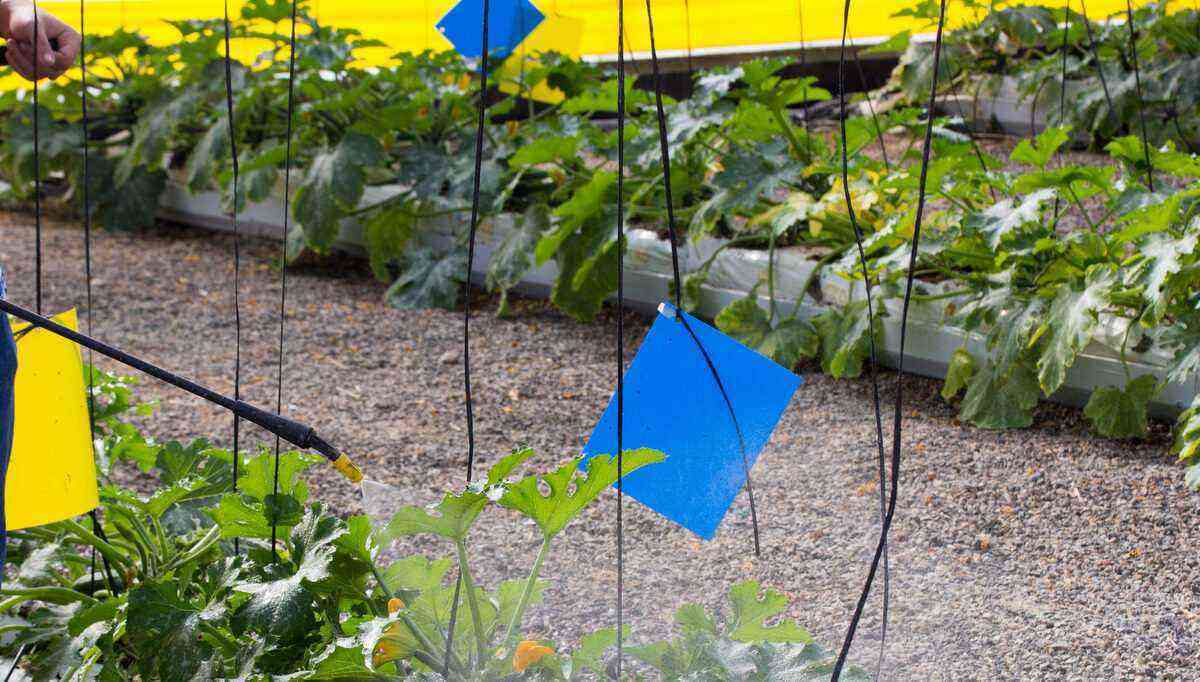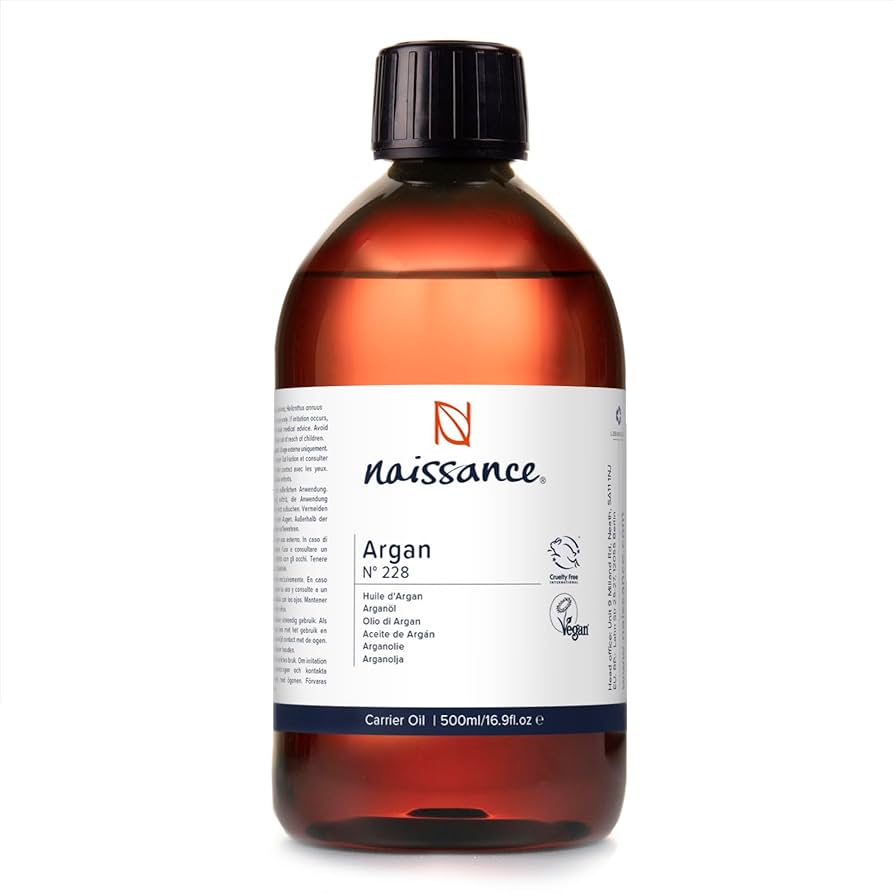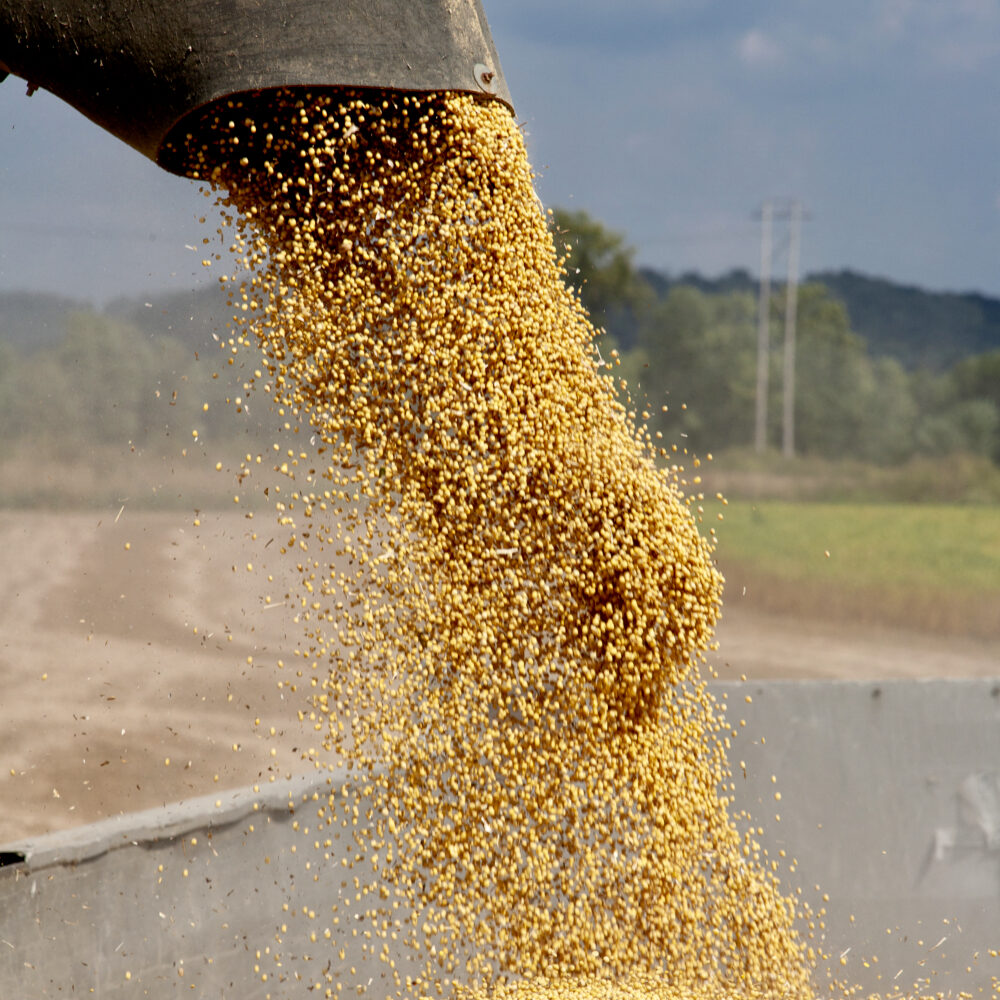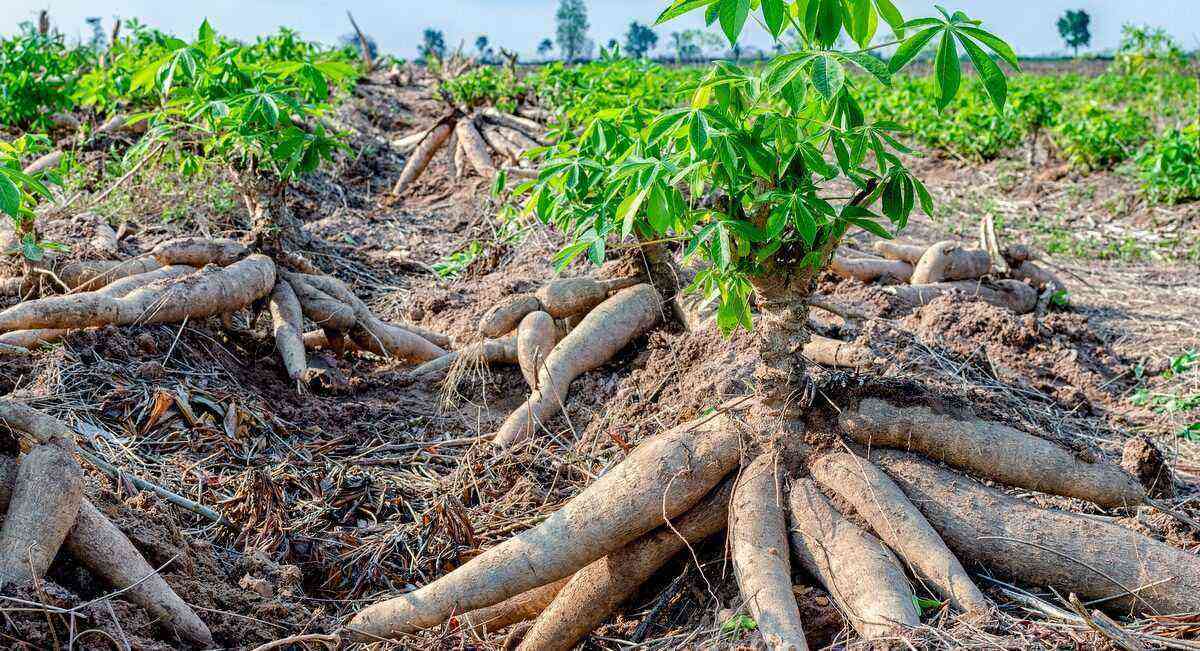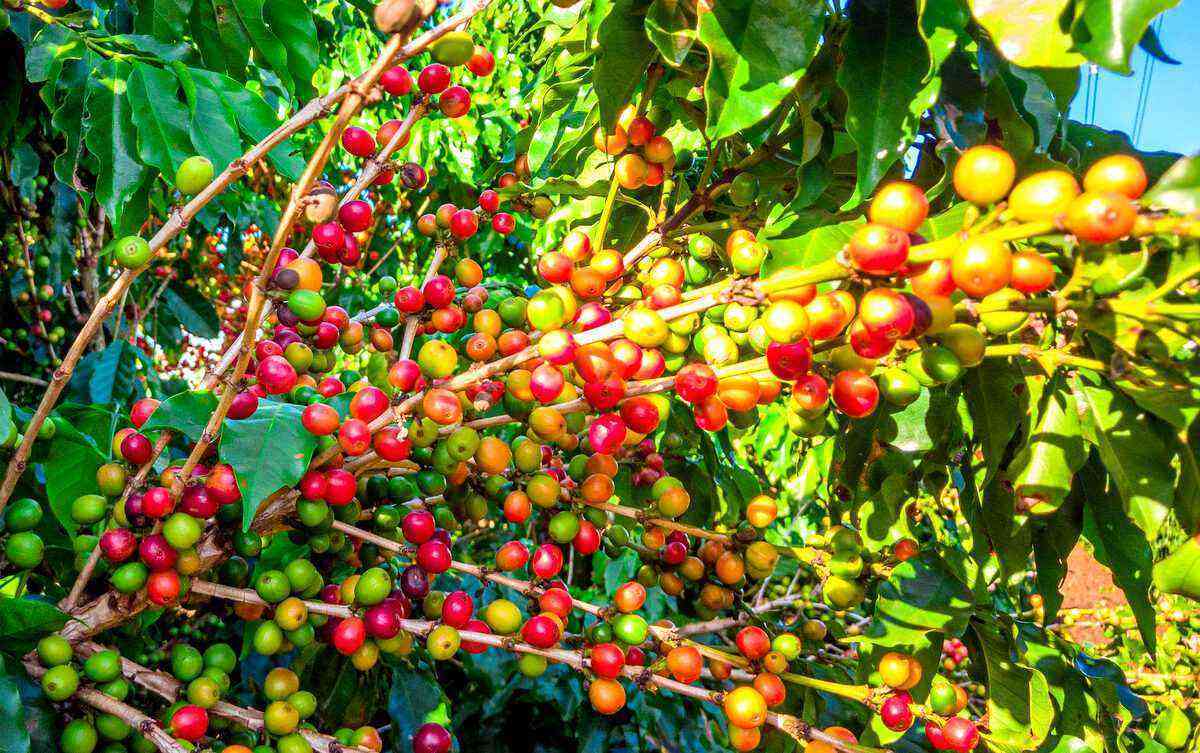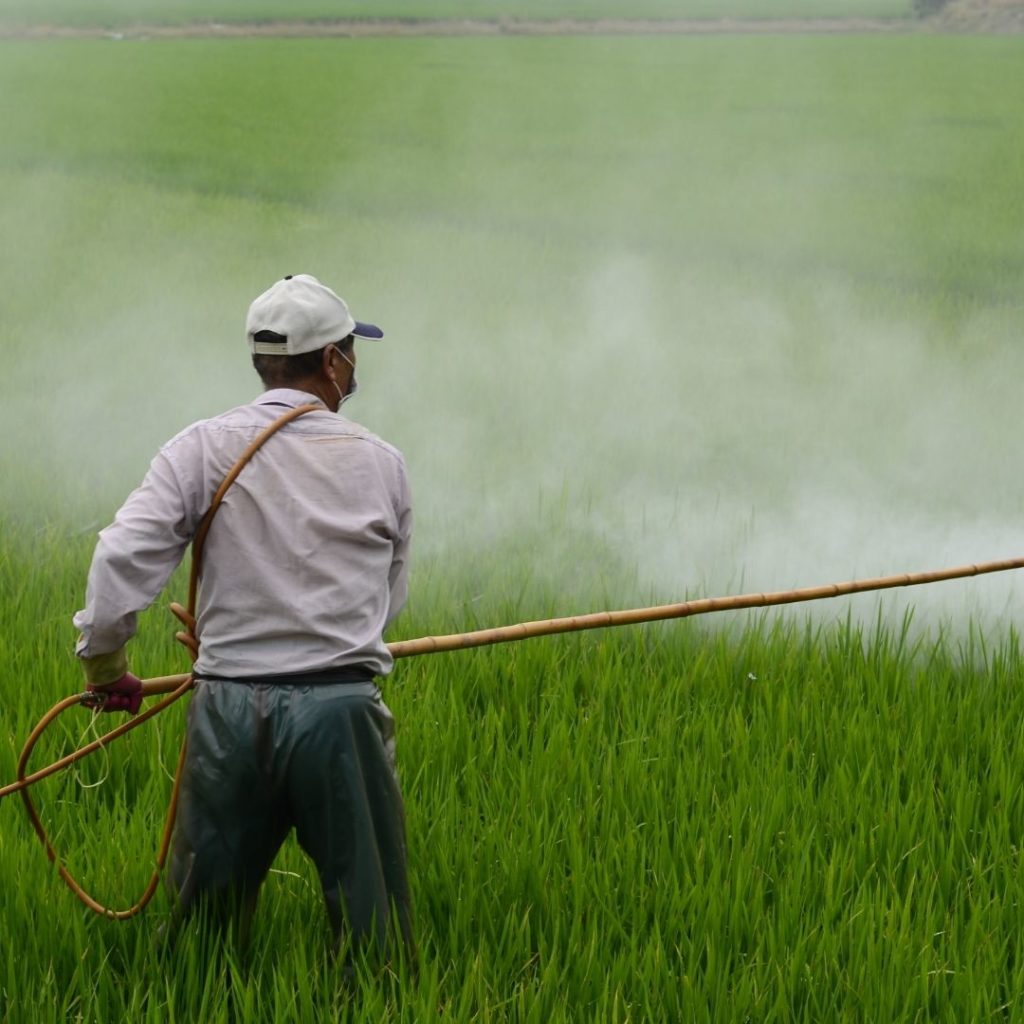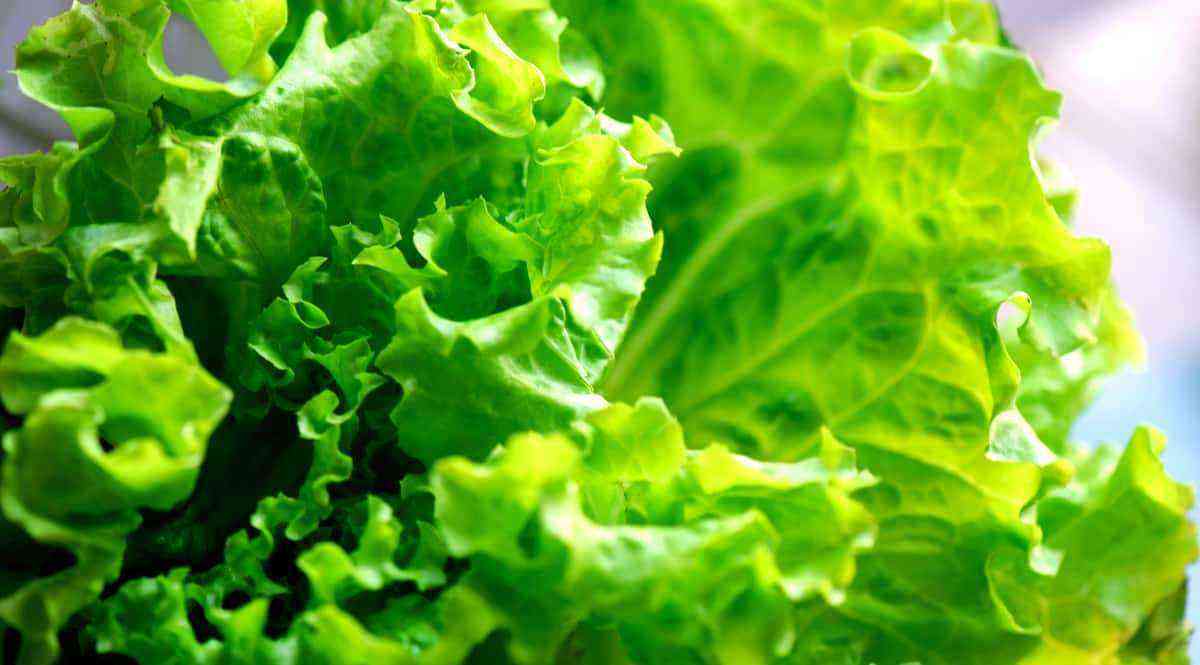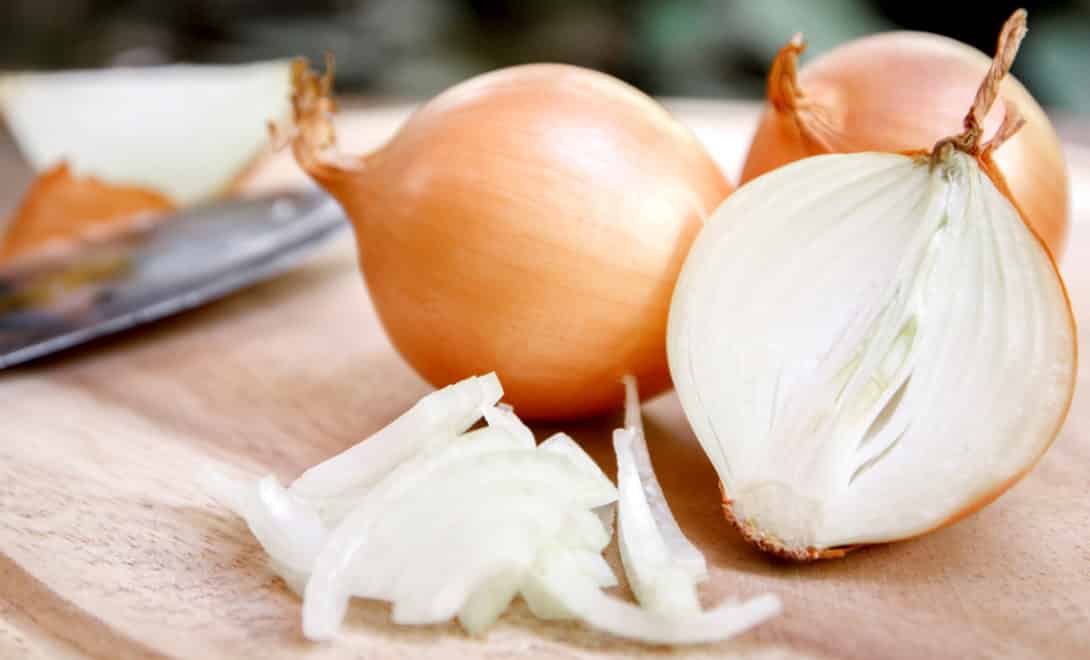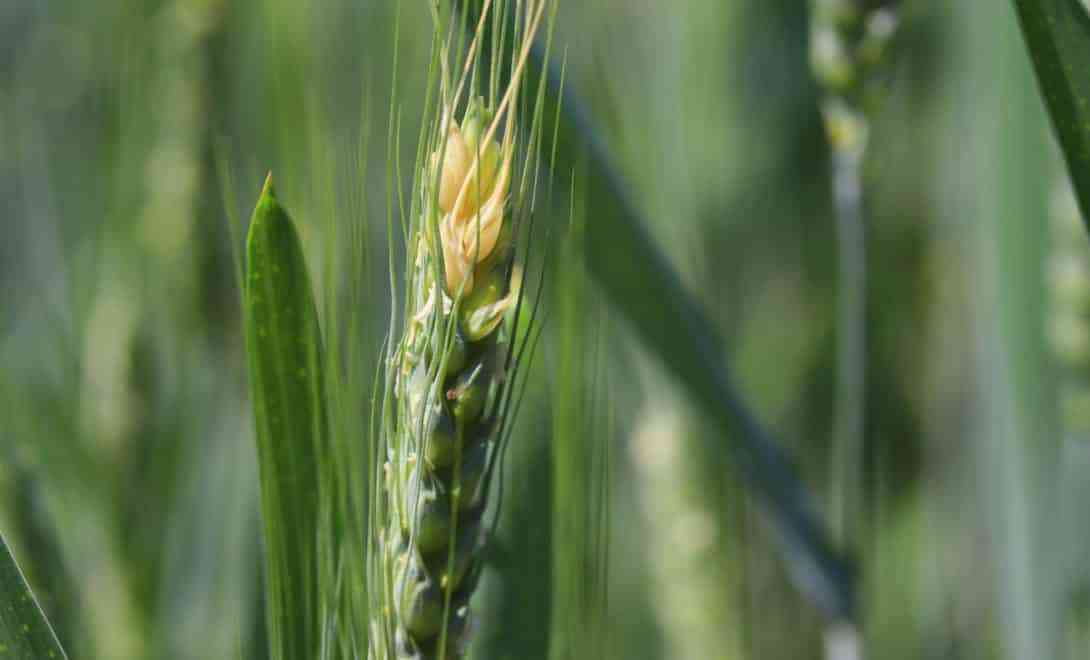More experienced farmers use some techniques to enhance or carry out planting in their soil faster and with higher quality, avoiding losses or poor quality products.
In this text, you will find a complete guide on the soil liming, better understanding what this process is and how it works, what types of calcium are used and how to choose the best one for your farm. Come on?
What is soil liming?
Liming is the process of preparing the soil to receive the seeds. Limestone is applied to the soil to increase the calcium and iron contents in the soil and thus neutralize aluminum and balance its pH.
By liming, the soil will allow the crop to grow healthier and faster. This process can be done in three different ways: the Embrapa method, the IAC method and the pH-SMP method.
The farmer who is going to use this technique needs to know the correct type of limestone to use in certain soils and the correct amount of substances that must be added to the mixture.
Otherwise, instead of helping the plant to grow, it can hinder its development, resulting in an unsatisfactory harvest or even problems with the plants.
The liming process is necessary in most Brazilian farms and plantations, after all, the country’s soil is considered acidic and needs to be neutralized to provide a better quality of food.
In addition, high frequency washing and leaching of the soil, the removal of nutrients from the soil without proper replacement and the use of acid fertilizers can contribute to the decrease in soil efficiency.
 Brazil is a country with acidic soil, so the liming process is very common on farms.
Brazil is a country with acidic soil, so the liming process is very common on farms.
What are the benefits of this practice?
Lime the soil before starting the planting phase will bring several benefits to your harvest and business on the farm. Below, you can check out some of the advantages of performing this procedure.
Eliminates acidity alone
One of the positive points in liming the soil is to eliminate its acidity. If the soil is not at an adequate pH, the development of plants in that soil will be harmed.
 Liming neutralizes the aluminum present in acidic soil, which is harmful to plants.
Liming neutralizes the aluminum present in acidic soil, which is harmful to plants.
Acidic soil in itself is not harmful to plants, however, the high concentration of aluminum that can occur in more acidic soils is what hinders the development of crops.
Stimulates root growth
The root system comprises the roots of plants. This part is very important for its development, since it is through the roots that water and nutrients are absorbed and taken to the rest of the plant, so that it can grow in a healthy way.
Therefore, it is necessary to ensure that the soil is in good condition to receive these roots, allow them to develop freely and absorb as much nutrients as possible.
Reduces aluminum availability
As we said, aluminum is very toxic to the plant. This component greatly hinders their growth and, in more severe cases, can make the site completely infertile.
With the removal of this aluminum, or a large part of it, it is possible to leave the soil more fertile and with greater possibilities of development for the plants, without them losing quality in their fruits.
Increases soil aggregation
Soil aggregation is the process in which several sets of mineral particles unite with the organic matter present in the soil and form a small structure. This makes the soil more fertile and nutritious.
An aggregate soil is consistent, but does not lose its porosity, an important fact for the passage of nutrients and water from the environment to the soil and, consequently, to the plant.
Provides more phosphorus to the soil
Phosphorus is an important component of the soil as it helps to prevent leaching. Leaching is a process in which plant roots can reach the bedrock faster, which will stop their growth.
In addition, the soil will not be able to store much water, causing the crop to not be able to absorb enough to grow healthy and bear good fruit for the harvest.
What types of limestone are used for liming the soil?
The main procedure that characterizes the liming of the soil is the addition of limestone. However, there are different types of this component that can be used. Check out more information about each of them.
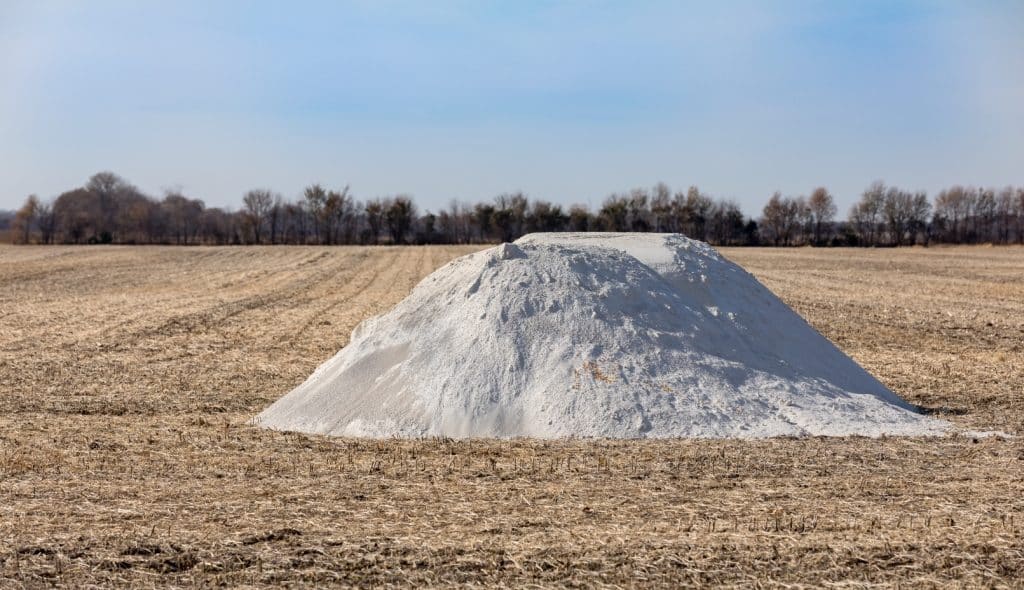 There are several products for liming, the choice must be ideal for your region.
There are several products for liming, the choice must be ideal for your region.
Limestone
This is the raw product extracted from limestone rock and can be found in four different types: calcitic, magnesian, dolomitic and filler, each with its own properties and characteristics.
- calcitic limestone: MgCO3 lower than 10% and higher calcium content;
- magnesium limestone: MgCO3 between 10 and 25%;
- dolomitic limestone: MgCO3 greater than 25% and low calcium content;
- filler limestone: a type that presents fine granulometry, being the most suitable for direct planting in the soil.
quicklime
Quicklime is obtained through the process of calcination or limestone burning. It is important to keep in mind that this type of lime cannot be used at the time of planting, because, due to its heat generation, it can harm the plants.
Ideally, the quicklime is placed in the soil a while before, so that there is time for the component to leave the soil at its normal temperature, allowing the optimal development of the crop.
It needs to be hydrated
Also known as slaked lime, hydrated lime is obtained through the hydration of quicklime. One of the main characteristics of this type of lime is the fact that it is quite thin.
Therefore, the ideal thing is that it is not placed on very windy days, as it can be removed from the ground and taken to another place, completely losing its effect on soil care.
calcinous limestone
Calcinous limestone is provided by the partial or total calcination of limestone, transforming it into a fine powder. It is also possible to find it in three versions: magnesian, calcitic and dolomitic.
It has a neutralizing action due to its high base of OH- and weak base of CO3-2. It is important to know more about the different types of limestone to choose the best option for your farm.
Basic steel slag
This is a by-product of the steel and iron industry, being formed by high contents of iron and magnesium, as well as silicon. It is also possible to find minerals in other proportions, such as manganese, iron, zinc, sulfur, phosphorus, among others.
A tip to pay cheaper for this type of limestone is to buy it from places close to your plantation, as it ends up being cheaper for the producer to receive the goods.
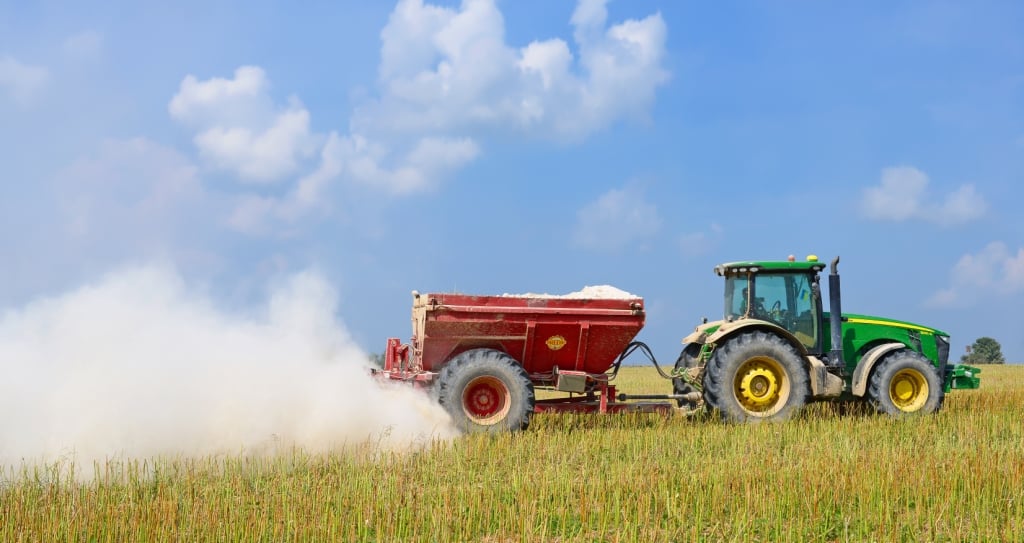 Liming in large areas is done with a tractor pulling the limestone or limestone and fertilizer distributor.
Liming in large areas is done with a tractor pulling the limestone or limestone and fertilizer distributor.
How to choose the ideal limestone?
Now that you know some of the most commonly used types of limestone to neutralize soil pH, it’s time to learn some tips on how to choose the right type for your crop.
The first step to knowing the correct type of limestone to use is to do a soil analysis. It is important to find out what the pH, calcium and magnesium content is present in the soil, as well as the limestone that can be used in it.
See in the video below How to identify soil pH using vinegar and baking soda:
Source: Planting and following
To find out the main information about the product, it is possible to consult the PRNT (Relative Power of Total Neutralization), which corresponds to the neutralization power (PN) and the reactivity of the particles (RE).
Another tip is to check if the price of limestone and transport are worth it for your plantation and your pocket. You can find this answer through a very simple calculation.
Divide the PRNT percentage by the limestone value and multiply the result by 100. So choose the one with the lowest result.
Here’s an example:
Imagine that you are thinking of buying a limestone for your property for R$ 2240,00 and it has a PRNT of 80%. However, you also noticed that you had another product for R$2370,00 and PRNT of 90%.
By calculating both, you found that the second product was more worth it as it offers a lower value but a higher PRNT percentage than the other option.
A= 2240/80 = 28 x 100 = 2.800
B= 2370/90=26.3 x 100 = 2.633,3
It is important that the choice of limestone is made in advance, as it needs to be added to the soil at least three months before receiving the seeds, so that it can act on the spot and also not make the earth so hot, which will have consequences. negative for planting.
Thus, understanding better what soil liming is, its importance and benefits for the plantation, in addition to knowing better the types of limestone that can be used and how to make the correct choice of this material, you will be ready to increase the quality. your culture and profit more by offering quality products to your customers.
Want to know where to find liming products on your property? Access this page and also find used and new calenders.
